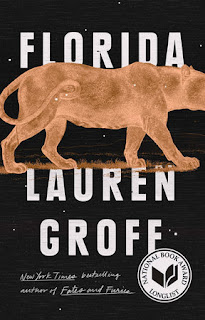New Bloom's Interpreted from Ed Weekly
The article explains the benefit of Bloom's Taxonomy and then goes on to describe the limitations. See excerpt below.
Unfortunately, in my experience, Bloom's Taxonomy has also done a lot of damage. For the past 40 years that I have been working with teachers, I have observed the primary effect of Bloom's Taxonomy to be this: It creates a hierarchy in teachers' minds about how we learn. First, we need to remember knowledge, then we can learn to understand, then we can move up to applying that knowledge, and so on, until finally, at the very end, we are allowed to evaluate or create.
Based on these discrete steps, teachers, schools, and districts craft curriculum and lessons that separate these skills and assume that students must be proficient in one level to move up to the next one.
Students must have a chance to apply what they're learning
By Ron BergerThe article explains the benefit of Bloom's Taxonomy and then goes on to describe the limitations. See excerpt below.
Unfortunately, in my experience, Bloom's Taxonomy has also done a lot of damage. For the past 40 years that I have been working with teachers, I have observed the primary effect of Bloom's Taxonomy to be this: It creates a hierarchy in teachers' minds about how we learn. First, we need to remember knowledge, then we can learn to understand, then we can move up to applying that knowledge, and so on, until finally, at the very end, we are allowed to evaluate or create.
Based on these discrete steps, teachers, schools, and districts craft curriculum and lessons that separate these skills and assume that students must be proficient in one level to move up to the next one.
This hierarchical vision of discrete, sequential steps in learning was not Bloom's intent. Nevertheless, it is now widespread among teachers and is as deeply troubling as it is fundamentally wrong. Most of the time we do not first memorize, then understand, then apply. We build our understanding in part through application and creation.
The price we pay in education for this misconception is profound. Students are kept at one level of this fictional pyramid because we think they are not ready to move up to "higher levels." For example, many American adults are not proficient with any mathematics beyond elementary school work, as almost everything they learned in high school has disappeared. We memorized procedures to pass tests, but we never applied that mathematics to real life—never fully understood or used it—and it never really took.







































